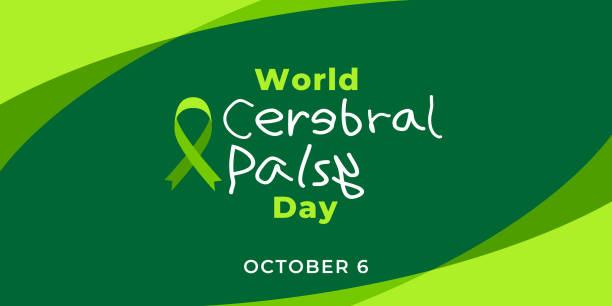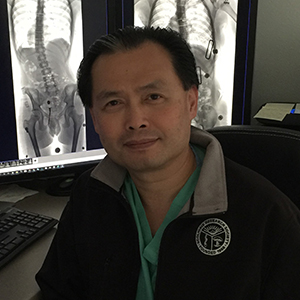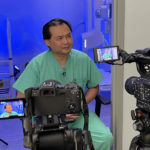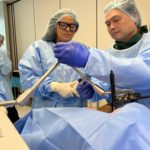Dr. Robert Huang, spine surgeon and medical director of Children’s Orthopaedic Institute of Northwest Florida, is educating those living with different forms of cerebral palsy (CP) on the various techniques and approaches for managing pain associated with CP in recognition of World Cerebral Palsy Day on Oct. 6.
According to the National Institute of Neurological Disorders and Stroke, cerebral palsy refers to a number of neurological disorders usually identified in infancy or early childhood. These disorders permanently affect body movement and muscle coordination. In short, cerebral palsy is a brain condition that impacts a person’s ability to control their muscles, oftentimes causing pain and discomfort for the approximately 800,000 people living with CP across the U.S.
“Symptoms of cerebral palsy vary from person to person, but those living with CP should know that most pain is manageable,” said Huang, who is fellowship-trained and board-certified in pediatric orthopaedics and spine surgery. “Relieving pain not only improves a person physically, but mentally as well. Taking away chronic pain can drastically improve one’s quality of life.”
According to Huang, those with minor pain or discomfort can find relief with physical and occupational therapy sessions where those with CP can engage in several exercises and stretches designed to improve movement. Occasionally, a person with CP will be fitted with orthotic devices or adaptive equipment designed to steady limbs and alleviate pain.
Those with CP experiencing moderate to severe pain may resort to non-invasive or minimally-invasive treatments to help relieve pain. These treatments include using radiofrequency, neuromodulation or nerve ablation to target pain receptors, inserting a spinal cord stimulator to alter a person’s pain receptors, or receiving Botox injections to help numb the pain.
Surgical procedures should be considered a last resort, according to Huang, although sometimes, surgery is the only option available for pain relief. Surgery generally falls into the following three categories:
- Orthopaedic surgery – Often recommended for those with spastic CP, orthopaedic surgeons can increase the length of tendons and muscles in a person’s legs to make walking and moving less painful.
- Spinal surgery – Spinal fusion is a surgical procedure that permanently connects two or more vertebrae within the spine, eliminating motion between them. Spinal fusion involves techniques designed to mimic the normal healing process of broken bones and can improve organ function, as well as quality of life.
- Selective Dorsal Rhizotomy – This surgery involves the locating and severing of over-stimulated nerves. Selective dorsal rhizotomy is only recommended after other treatments like medication or physical therapy have failed to relieve pain.
Ultimately, treatment options vary depending on what stage of life a person is in. Huang advises those with CP to consult their physician to determine the best option for managing their pain. If you or someone you know with cerebral palsy would like more information on pain management options, visit our Contact Page and reach out today.





